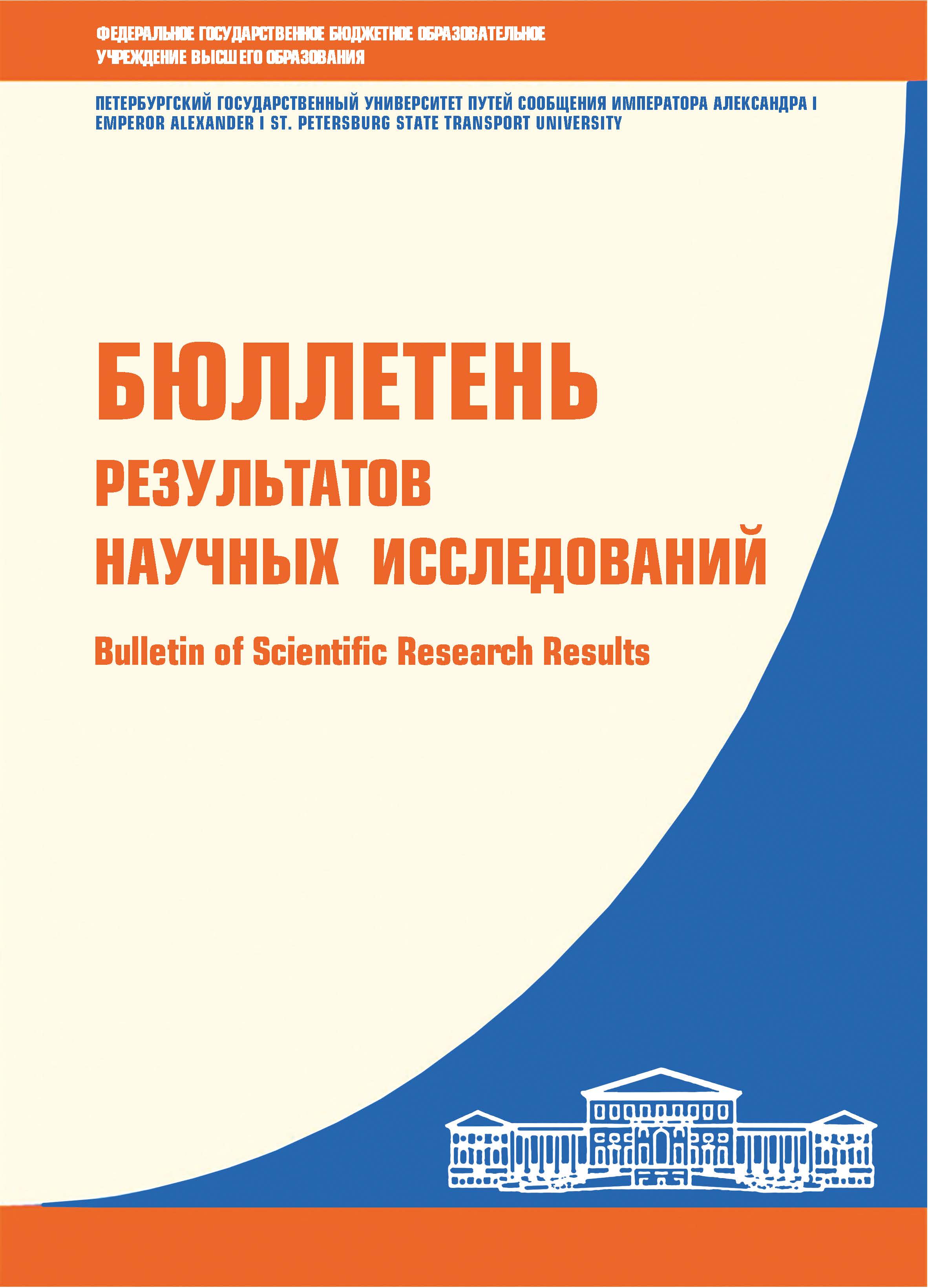Russian Federation
Russian Federation
Russian Federation
Russian Federation
Objective: show the prospects of using an innovative type of public urban transport - a digital tram on tires with optical guidance along a strip marked on the road or using magnetic markers along the route, as attractive to passengers, cheaper in the arrangement of lines, as well as requiring less time to build than rail tram for urban transportation, allowing to relieve city roads from traffic jams and improve their ecology. Methods: an analysis and generalization of the operating experience of new digital trams built by the Chinese company CRRC, operated in the cities of China: Zhuzhou, Yibin, Yongxiu, Yancheng and Shanghai, as well as the most advanced designs of the operating rolling stock. Results: the operation of the tire tram revealed a number of problems: after a year of operation, severe rutting appeared on a dedicated lane of the road, speeds and capacity were lower than declared. The construction of new tire tram lines required costs for strengthening the roadway, which was not originally intended by the manufacturer. The possibility of their use in winter climate conditions on roads covered with ice and snow has not been proven. Further testing is required to identify and eliminate emerging deficiencies. Practical significance: despite a number of identified shortcomings, it is advisable to use a digital tire tram for cities with a warm climate, with complex terrain and narrow streets as a medium-capacity vehicle that can improve the mobility and quality of life of citizens, as well as reduce the negative impact on the environment. It is advisable to lay it in new residential areas and industrial zones under construction, as well as to use it for mass transportation of passengers in the event of any major one-time events: major exhibitions, forums, Olympic Games, world football championships, etc.
excessive motorization in megacities, heavy traffic jams, environmental pollution, digital tram on tires, lack of rails and overhead lines, virtual tram tracks, striping or installing magnetic markers along the route, optical or magnetic guidance system, small turning radius, rapid system deployment
1. Kiselev I. P. Istoriya skorostnyh suhoputnyh netradicionnyh vidov passazhirskogo transporta // Istoriya nauki i tehniki. 2006. № 8. S. 2–12.
2. Kiselev I. P. Razvitie klassifikaciy transportnyh sistem v SSSR i Rossii. Specifikkoleynogo (napravlyaemogo) transporta // Izvestiya Peterburgskogo universiteta putey soobscheniya. SPb.: PGUPS, 2010. Vyp. 4 (25). S. 168–178. 3. Fortunatov V. V. Istoriya mirovyh civilizaciy. SPb.: Piter, 2012. 560 s.
3. Golubev A. A., Kiselev I. P., Golubev V. I. i dr. Istoriya transporta: ucheb. posobie; pod red. V. V. Fortunatova. SPb.: PGUPS, 2013. 134 s.
4. Vorob'ev A. A., Budyukin A. M., Kondratenko V. G. Perspektivy primeneniya napravlyaemogo legkogo transporta v rossiyskih gorodah // Transport Rossiyskoy Federacii. 2022. № 3 (100). S. 40–43.
5. Sovremennye tramvai: sochlenennye, nizkopol'nye, vmestitel'nye // «Gruzovik Press». 2013. № 9. S. 64–66.
6. Vorob'ev A. A., Budyukin A. M., Kondratenko V. G. Analiz sovremennyh tehnicheskih resheniy, primenyaemyh v konstrukcii nizkopol'nyh tramvaynyh vagonov // Izvestiya Peterburgskogo universiteta putey soobscheniya. 2021. T. 18. № 1. S. 1–15.
7. Gorodskoy transport. URL: trasnfoto.ru (data obrascheniya: 04.02.2023).
8. Byl'ceva V. D., Budyukin A. M., Pakulina E. V. Sovershenstvovanie konstrukcii podvizhnogo sostava legkorel'sovogo transporta v Sankt-Peterburge // Progressivnye tehnologii, primenyaemye pri remonte zheleznodorozhnogo podvizhnogo sostava: sb. trudov Nacional'noy nauchno-tehnicheskoy konferencii studentov, magistrantov, aspirantov i molodyh uchenyh. SPb.: PGUPS, 2020. S. 44–50.
9. Kondratenko V. G., Vorob'ev A. A., Budyukin A. M. i dr. Evolyuciya konstrukcii podvizhnogo sostava legkorel'sovogo transporta v Sankt-Peterburge // Izvestiya Peterburgskogo universiteta putey soobscheniya. SPb.: PGUPS, 2020. T. 17, vyp. 1. S. 62–67.









